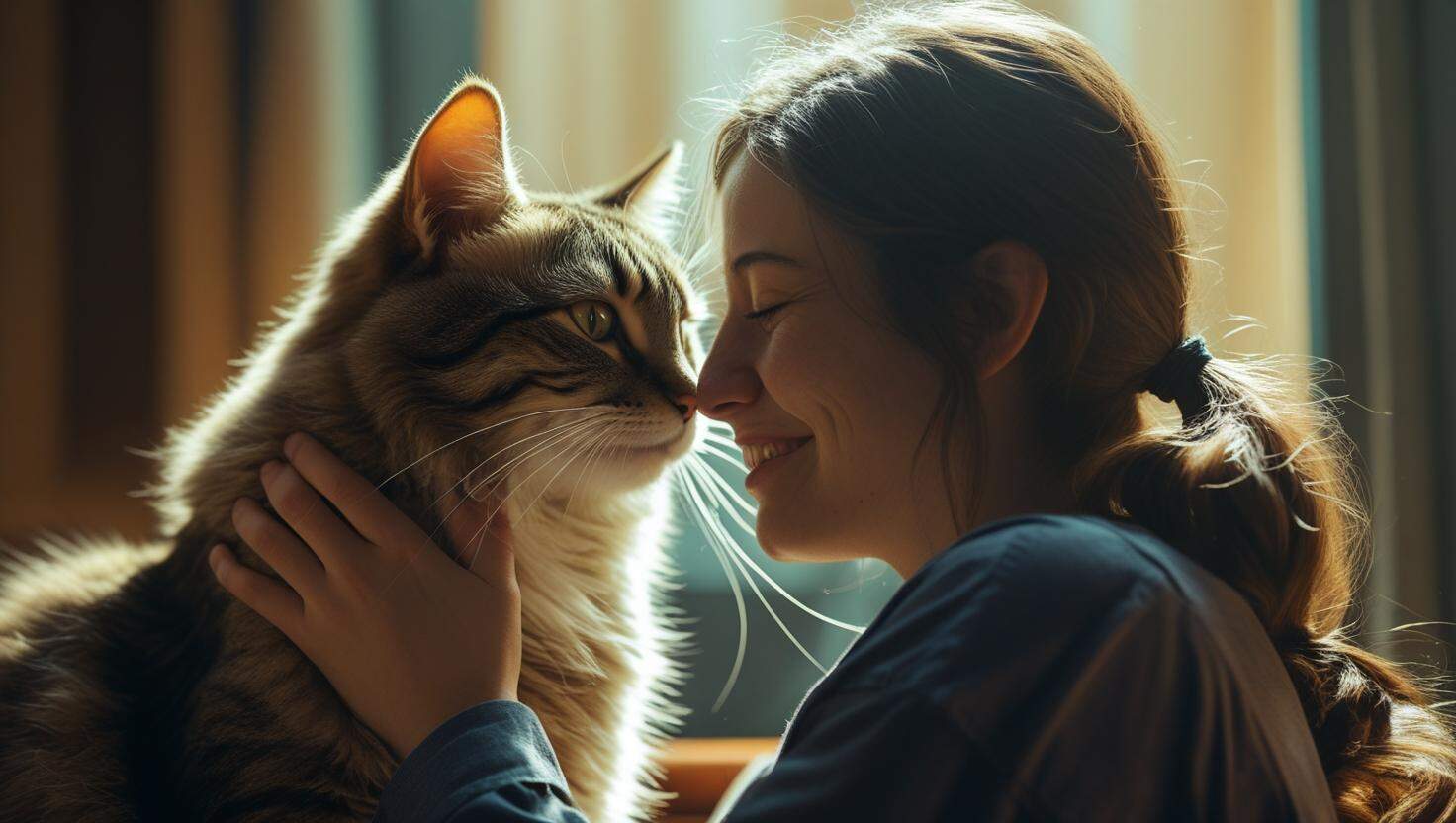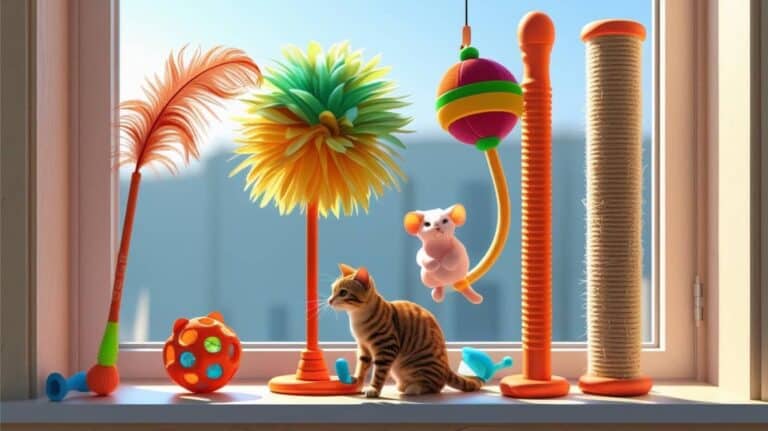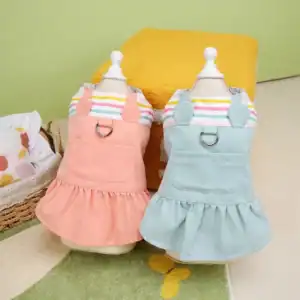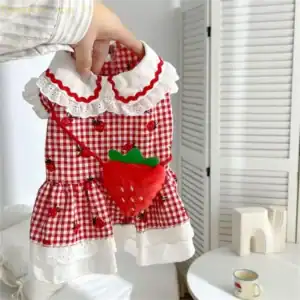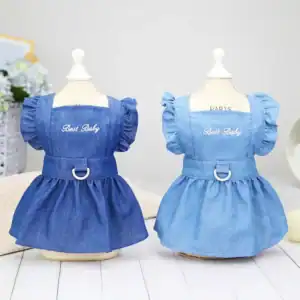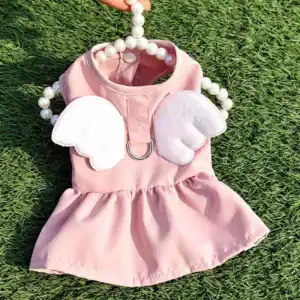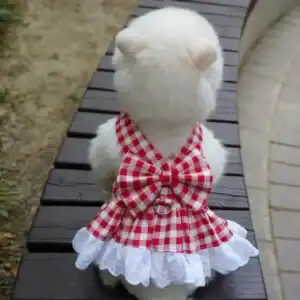Forget the old stereotype that cats are cold or aloof. Cats are so sweet and have complex ways of demonstrating compassion; when you know the signs, you’ll be able to spot their sweetness easily. For many of us, a contented purring cat on our lap, or one that meets us at the door, can have a welcome warmth that transcends mere fur and whiskers. This article examines how cats display affection, the underlying science that supports their affectionate behavior, and how good care and diet contribute to a loving pet.
How Cats Express Affection and Sweetness
Cat affection can be subtle, playful, or outright noticeable. Some cats head-butt, some follow you from room to room, while others might show their softer side through a quiet blink or gentle purr. Understanding these cues reveals a rich language of love and loyalty that strengthens the bond between humans and pets.
The Science Behind Feline Affection
Cats express trust and affection through a unique set of cues:
Recent research highlights these behaviors as social signals from a species that, in the wild, carefully selects its companions. Cats evolved to rely on keen observation and body language, building social ties with those who meet their trust standards. For more on how cats show affection and its science, see insights from PetMD’s article on how cats express love.
Breed, Personality, and Socialization
Just as people differ in how they show love, cats bring their style to the relationship:
Personality shines through in every whisker twitch, shaped by both nature and nurture. Understanding your cat’s breed traits and history helps you spot sweet behaviors that might be unique to their background. The Spruce Pets breaks down familiar breed-based affection cues.
Recognizing and Responding to Sweet Behaviors
Your cat has many ways to say they care beyond the classic purr:
To return the affection, respond positively to these gestures. Slow blink back, speak softly, or give gentle scratches in their favorite spots. Satisfying a cat’s need for attention helps nurture a lasting, rewarding relationship. For more on how cats show their unique love, you can explore these cues at Humane Society Dayton.
The Role of Nutrition in Feline Happiness and Affection
A happy, healthy cat is more likely to be affectionate and engaged. Diet influences both physical health and mood, impacting everything from coat shine to playfulness. Simple routines and the right foods build trust and make your cat feel secure.
What Makes a Great Cat Diet?
Cats thrive on high-quality food designed to meet their unique nutritional needs:
To pick the right food, read labels for real meat as the first ingredient, avoid fillers, and match the diet to your cat’s age and lifestyle. Staying aware of your cat’s health needs and adjusting them when necessary can help prevent problems associated with improper nutrition. The Cornell Feline Health Center offers a detailed guide on feeding your cat for health and happiness.
Mealtime Routines and Behavioral Well-Being
Routine and fun around meals can help cats feel safe and keep their minds sharp:
Cats that enjoy mealtime are more likely to show their soft side, as their daily needs are met with care and consistency. Further reading on this subject is at CatInfo.org, which provides basic feline nutrition tips.
How Food Deepens the Cat-Owner Bond
Mealtime brings people and cats together:
Food is more than fuel for cats. It’s a shared ritual that strengthens emotional connections and creates moments for bonding. VCA Hospitals highlights the importance of balanced feeding for connection and health.
Conclusion
Cats have countless ways to show how sweet they are—from gentle blinks to joyful purrs, social instincts, and trust in these moments of affection. Recognizing their behaviors, respecting their personalities, and providing balanced nutrition lets their sweetness shine. In return, people enjoy a loving companion who adds warmth and happiness every day. Understanding what makes cats tick, both inside and out, is the key to a rewarding and affectionate relationship that grows stronger over time.

